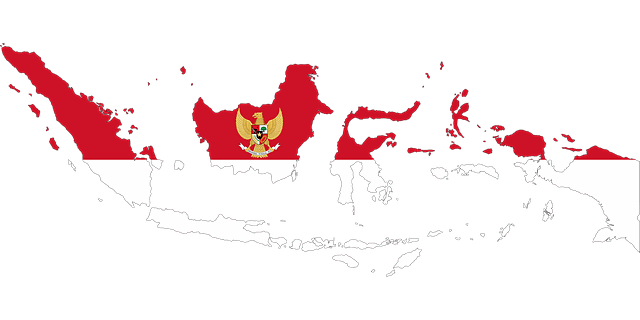The government of Indonesia continues to work towards better management of its natural disaster risks and, with the assistance of the World Bank, there is a target to have a sovereign risk transfer or disaster insurance structure in place by 2024.
 As we reported last August, Indonesia had launched a new disaster risk pooling facility, with an initial more than US $500 million of capacity made available to help pay for the economic costs of natural catastrophes and severe weather events in the country.
As we reported last August, Indonesia had launched a new disaster risk pooling facility, with an initial more than US $500 million of capacity made available to help pay for the economic costs of natural catastrophes and severe weather events in the country.
Indonesia’s goal to establish this disaster risk pool came after a number of year’s of work with the World Bank and other organisations, helping it to better understand its exposure to disaster risks, the costs it suffers from them and what options there are that can help it mitigate some of those costs while also providing a better and more resilient recovery from them for its population.
Indonesia is estimated to suffer somewhere between US $1.3 billion and US $1.5 billion of economic damages from natural disasters and severe weather, on average every year.
At the same time, Indonesia’s budgeted reserves for disaster management, response and recovery are less than half that amount, which has stimulated the focus on boosting capacity for response and recovery in Indonesia over the last few years.
Last year we explained that the World Bank had approved $500 million of funding for Indonesia, to help the country enhance its financial response to natural disasters, climate risks, and health-related shocks, with the use of risk pooling, and insurance or reinsurance instruments at the heart of the plan.
Part of that work was the establishment of the disaster risk pool and the work is ongoing, with a target for having sovereign risk transfer in place to provide capital to support the pool from 2024.
There’s a broad mandate here, to arrange and secure more institutional capacity to more efficiently finance disasters, climate risk, and also health shock related expenditures.
The risk pooling fund is part of this and it already has a strategy to leverage sources of reinsurance capacity to protect itself against the most severe events.
But adding more external, private risk transfer arrangements is also seen as key, with sovereign risk transfer to the capital markets understood to be a key focus, raising the prospects of the first catastrophe bond for Indonesia.
At the front-end of the risk transfer chain being created will be the risk pool and here it is imperative for payouts to be made in a timely manner after disasters, so part of the work is focused on this.
Which raises the prospects of the use of parametric triggers, disaster declarations, or economic impacts, to disburse funding to regions affected by disasters.
But, at the back-end of the risk transfer chain, the risk pool needs to be underpinned with risk financing to ensure it can respond to the needs of those impacted by disasters, while also ensuring it doesn’t run out of capital and is sustainable over the longer-term.
Here, reinsurance and capital markets sources of disaster risk financing are being explored, with insurance-linked securities (ILS) one of the avenues under discussion.
From 2024, the World Bank’s project with Indonesia aims to have institutional capacity lined up through a sovereign risk transfer arrangement.
This pre-arranged funding is also expected to be closely tied to the disbursement mechanisms of the pool itself, ensuring capital is routed to those most in need in an efficient manner.
This is important because, “Throughout the years, the government has relied solely on the state budget to cover the cost of disasters. It poses a risk to the budget allocated for other priority sectors such as education, health, and to programs of subnational governments,” explained Sri Mulyani Indrawati, Indonesia’s Minister of Finance.
The program of work also sees the World Bank helping Indonesia to scale up its state asset insurance program and integrating its efforts with the Southeast Asia Disaster Risk Insurance Facility (SEADRIF) risk pooling facility as well.
In time, the risk pooling fund is expected to become the main buyer of disaster insurance cover for all government buildings and those belonging to ministries or agencies, while also working with local governments to secure risk transfer or insurance for regional assets as well.
Hence, this is an integrated approach, to delivering climate and disaster insurance to benefit its people and businesses, while Indonesia’s government wants to underpin this with sovereign risk transfer and the support of institutional capital.
All of which continues to suggest that risk transfer to the capital markets and catastrophe bonds are well in scope, so the government of Indonesia can benefit from capital market appetite for natural disaster risk, while better protecting its population against climate risk and catastrophe activity.
 View all of our Artemis Live video interviews and subscribe to our podcast.
View all of our Artemis Live video interviews and subscribe to our podcast.
All of our Artemis Live insurance-linked securities (ILS), catastrophe bonds and reinsurance video content and video interviews can be accessed online.
Our Artemis Live podcast can be subscribed to using the typical podcast services providers, including Apple, Google, Spotify and more.































